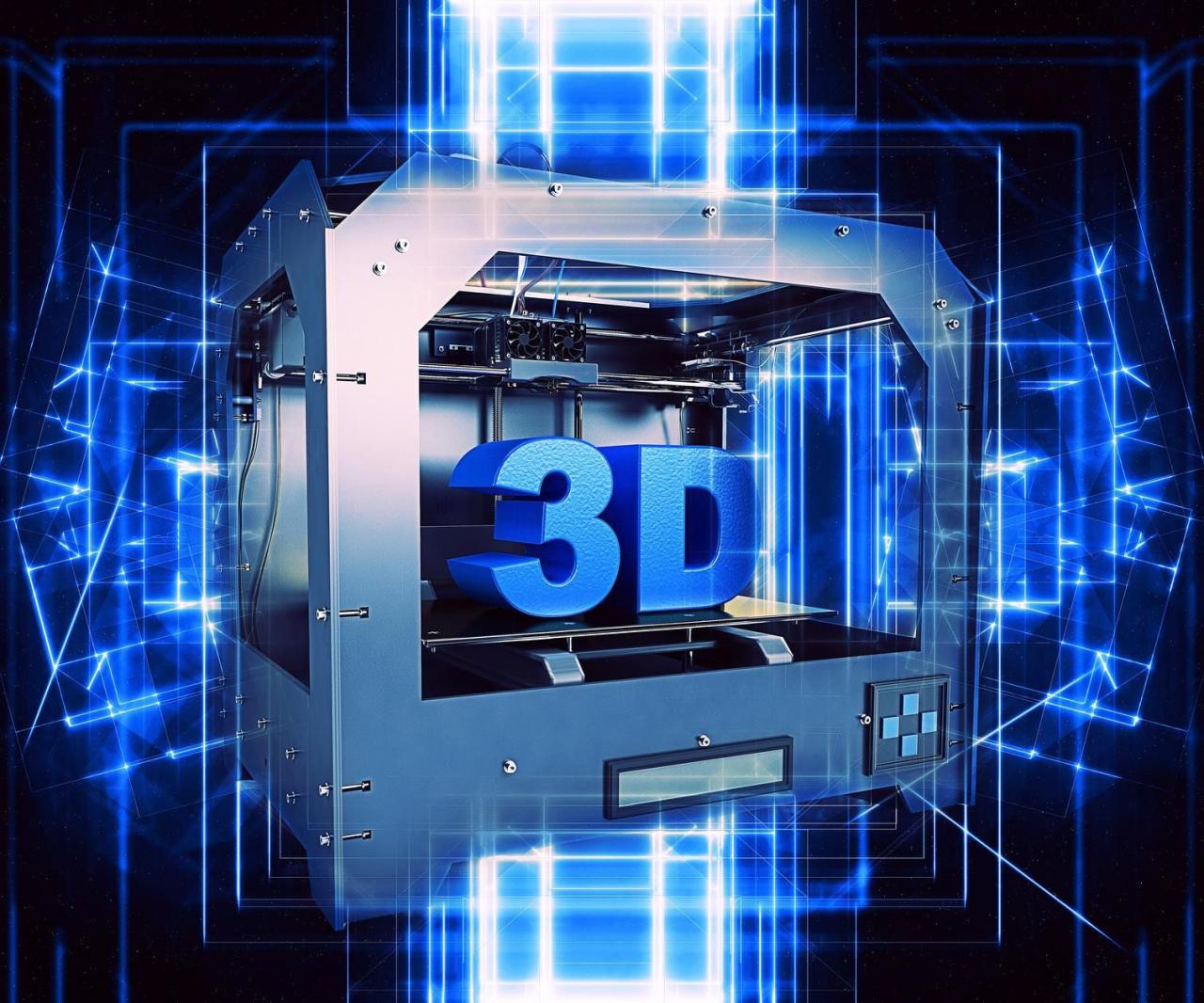
3D Printing Technology: Revolutionizing Design, Manufacturing, and Medicine
Introduction
3D printing, also known as additive manufacturing, has emerged as a transformative technology that has revolutionized various industries. It has allowed for the rapid prototyping of complex designs, enabled mass customization, and opened up new possibilities in fields such as medicine and manufacturing.
Principle of 3D Printing
3D printing works by building up a three-dimensional object layer by layer. A digital model of the object is first created using computer-aided design (CAD) software. This model is then sliced into thin cross-sections, which are used to guide the printing process.
The most common 3D printing methods include:
- Fused Filament Fabrication (FFF): A heated nozzle extrudes a thermoplastic filament, which is deposited layer by layer onto a build platform.
- Stereolithography (SLA): A laser beam cures a liquid photosensitive resin, building up the object one layer at a time.
- Selective Laser Sintering (SLS): A laser beam fuses powdered material, creating solid layers that accumulate to form the object.
Advantages of 3D Printing
3D printing offers numerous advantages over traditional manufacturing methods:
- Rapid Prototyping: Iterations of designs can be quickly and cheaply produced, enabling engineers to evaluate and modify concepts without the need for costly molds or tooling.
- Mass Customization: Products can be tailored to individual customer specifications, allowing for personalized and niche offerings.
- Design Complexity: 3D printing can create complex geometries and internal structures that are difficult or impossible to achieve with traditional manufacturing techniques.
- Reduced Waste: Excess material is not removed during the printing process, minimizing waste and making it an environmentally friendly option.
Applications in Various Industries
3D printing has found applications in a wide range of industries, including:
- Medical: Custom prosthetics, implants, and surgical models can be created with high precision and patient-specific design.
- Manufacturing: Complex components, prototypes, and tooling can be produced rapidly and affordably.
- Automotive: Lightweight, customized parts, and design prototypes can be created, reducing production time and costs.
- Aerospace: Advanced materials and lightweight structures can be implemented in aircraft and spacecraft components.
- Consumer Products: Personalized gadgets, toys, and decorative items can be mass-produced with intricate details.
Challenges and Future Outlook
While 3D printing offers tremendous potential, there are still some challenges that need to be addressed:
- Material Limitations: The choice of materials available for 3D printing can be limited, and some materials may not have the desired mechanical properties or biocompatibility.
- Dimensional Accuracy: Achieving high precision and surface quality can be challenging, especially for larger objects.
- Scale-Up: Scaling up 3D printing to mass production levels while maintaining cost-effectiveness is an ongoing effort.
Despite these challenges, the future of 3D printing is bright. Ongoing research and development are focusing on improving material properties, increasing accuracy, and scaling up production. 3D printing is expected to continue playing a significant role in the manufacturing, medical, and consumer product industries, unlocking new possibilities and transforming the way we design and create.


